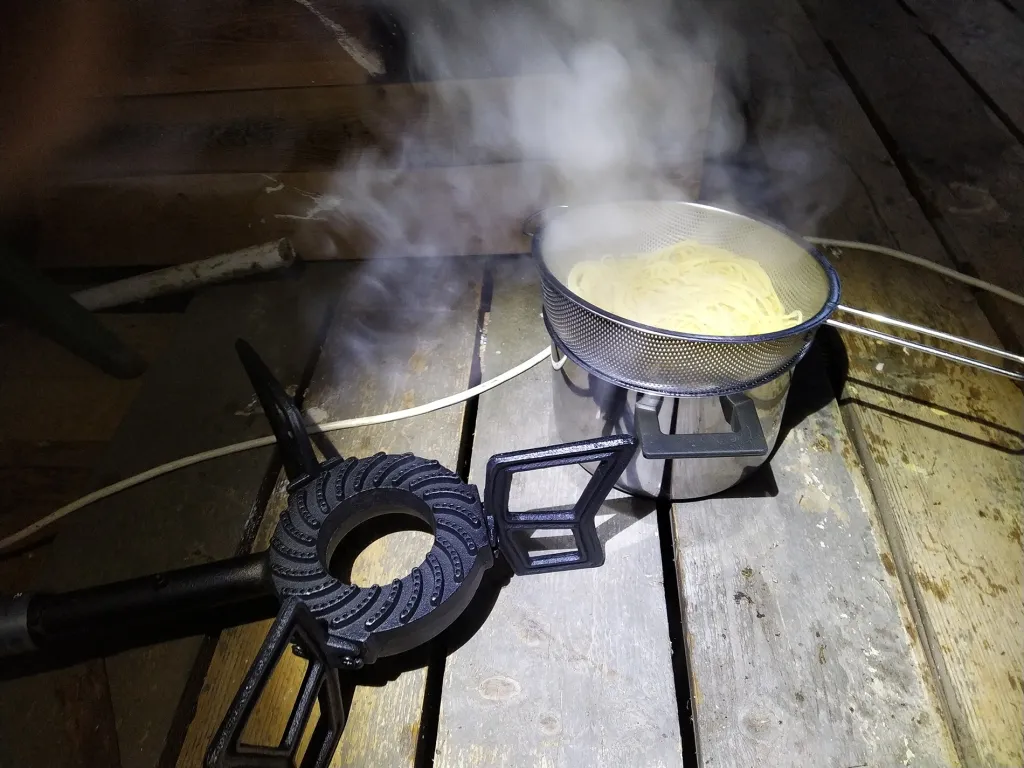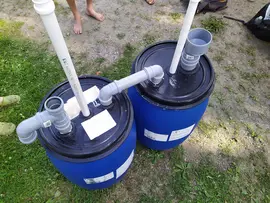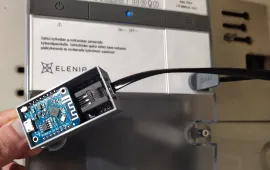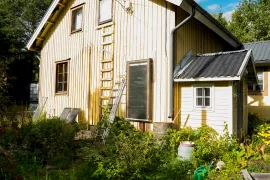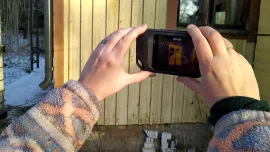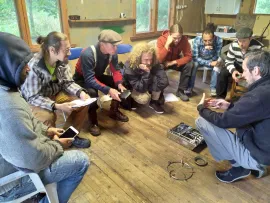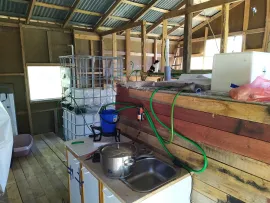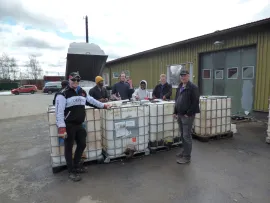Types of regenerative energy
There are several different types of regenerative energy sources, which are also known as renewable energy sources. These include solar power, wind power, hydropower, geothermal energy, biomass and biogas. All of these sources of energy can be used to power an off-grid homestead.
Solar power involves using the energy from the sun to generate electricity. This can be done using photovoltaic panels, which convert sunlight into electricity, or through the use of solar thermal collectors, which use the sun's heat to generate steam, which is then used to generate electricity - or the thermal collectors just heat water (that's in homesteads usually the case). Solar power is a good option for an off-grid homestead because it is widely available and can be easily installed on a small scale.
Wind power involves using the energy from the wind to generate electricity. This can be done using wind turbines, which convert the kinetic energy of the wind into electricity. Wind power is a good option for an off-grid cabin because it is widely available and can be easily installed on a small scale. The only problem is: wind, and its availability at lower altitude. The higher the wind mill - the better.
Hydropower involves using the energy from moving water to generate electricity. This can be done using hydroelectric dams, which use the energy of falling water to turn turbines and generate electricity, or using smaller-scale hydroelectric systems, such as microhydro systems, which use the energy of flowing water to generate electricity. Hydropower is a good option for an off-grid cabin if it is located near a source of moving water. Unfortunately we don't have that at Beyond Buckthorns - simply a lack of free flowing water.
Geothermal energy involves using the heat from the earth to generate electricity. This can be done using geothermal power plants, which tap into underground sources of geothermal energy to generate electricity. Geothermal energy is a good option for an off-grid cabin if it is located near a source of geothermal energy, such as a geothermal hotspot.
Biomass involves using organic materials, such as plant matter or animal waste, as a fuel source to generate heat or electricity. Heat from a wood stove is one of the example for using biomass.
Biogas is produced when these organic materials break down in an oxygen-free environment, such as in a landfill or anaerobic digester. Biogas is made up mostly of methane and carbon dioxide, and it can be used as a fuel for heating or generating electricity.
Articles tagged with Energy
The two barrel biogas digester - welcome the "Warp Core"
For some month, even years, I claimed that my initial biogas system “Jean Luc” was too big for a family of two. A 1000 litre IBC digester with an Hydrolic Retention Time (HRT) of 20 days can be fed about 50 litres / day. The most we fed over the… more
Measuring the electric energy consumption in comparison to production
In September 2023 Elenia installed a new electric meter in our house. This new electric meter is from the company Aidon and it comes with a HAN port (Home Area Network). When the meter gets installed the HAN port is inactive. It requires a Mail… more
Heating with the sun - a solar air heater
Solar air heaters are passive solar element that can heat rooms during cold days while the sun is shining. Building one is a piece of cake
Testing the Flir c2 thermal cam
Before Christmas 2019 we bought a FLIR cam, a thermal image camera. With that cam it is possible to detect leaks of warmth in a building. It shows temperature as colour as an overlay over a normal photo.
Templating a workshop
Designing a biogas workshop that can be delivered over and over again. Creating a workshop blueprint.
Introducing the Jean-Luc
Since I got dropped into biogas, working with Prof. TH Culhane on different biogas projects, I always wanted to have a biogas system on my own. When I came to Finland I finally got the space to build a biogas digester and then actually experiment… more
A biogas workshop about small scale biogas at Sedu Ilmajoki
On the 25th of April 2018 Lumia and I drove to Ilmajoki. We got invited by Jyrki Ilves to hold a Biogas workshop at SEDU. SEDU is a versatile education and training provider which operates in the South Ostrobothnia region in Finland.

